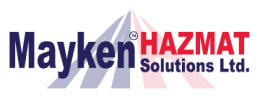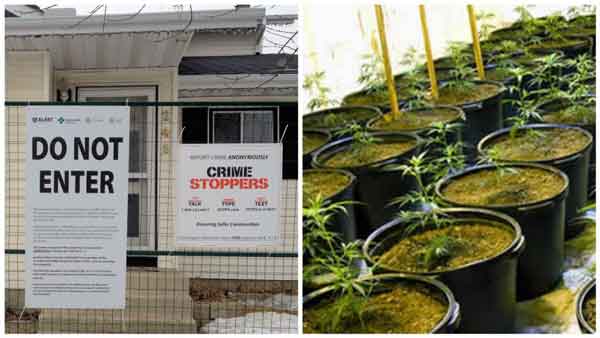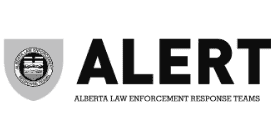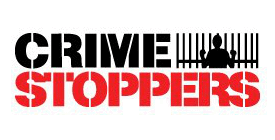The introduction of the novel coronavirus in our lives has created broad awareness of cleaning and disinfecting practices. Dwell time, however, often receives little mention. Dwell time needs to be part of discussions about preventing and containing the spread of the COVID-19 and other diseases because it is the difference between cleaning vs disinfecting.
Understanding dwell time in keeping healthy and safe is important. The distinction between the different processes is a great place to start.
Cleaning is removing
The purpose of cleaning is to remove visible particles like food, dirt, dust, grime, and other substances from a surface using soaps and detergents. Invisible bacteria, viruses, mold, mildew, and other fungi, also known as germs, can be left behind even though the surface looks clean.
Note that experts agree the novel coronavirus can be destroyed effectively by washing your hands with soap and water for a minimum of 20 seconds.
Sanitizing is reducing
Sanitizing is the process of reducing the number of bacteria present on a surface by 99.9% to a healthy level using a solution. Different solutions work on different germs. Reading labels for the spectrum of germs addressed is important. Milder than disinfectants, sanitizing solutions are commonly used on food preparation surfaces. However, they don’t deal with all the germs a disinfectant can eliminate.
Using hand sanitizers on clean hands is another method experts recommend to help prevent the spread of COVID-19 when hand washing is not feasible.
Disinfecting is eliminating
The goal of disinfecting is to 100% kill or eliminate germs, not just reduce or remove them. While disinfectants destroy a wider variety of germs than sanitizers, the solutions are created to destroy specific germs. As with sanitizers, read the labels to ensure you are using the appropriate solution for the situation at hand.
Because disinfectants tend to be harsher solutions than sanitizers and harder on the skin, they are not recommended as a hand washing alternative.
To illustrate the difference in harshness, think of this comparison:
- vinegar is for cleaning
- isopropyl alcohol is for sanitizing
- bleach is for disinfecting
Clean first
For sanitizers or disinfectants to be effective, surfaces must be clean first. This way the solutions come in direct contact with the germs rather than settling on the dirt or debris that will be removed.
Choosing a good solution
How do you choose the best cleaner or disinfectant when there are many options? Social media is filled with homemade solutions and retail products vary from store to store.
If you choose homemade solutions, be prepared to research thoroughly. You’ll want to ensure what you make will be effective and not harmful. Misinformation can spread easily on social media.
In addition to reading the label for what germs are addressed, look for a DIN (Drug Identification Number) when purchasing hand sanitizers and disinfectants. DINs are assigned by Health Canada and indicate the product has been evaluated and approved for sale in Canada.
Checking DINs
When unsure if a hand sanitizer or disinfectant has been approved for sale, Health Canada provides two resources to check:
Hard-surface disinfectants and hand sanitizers – all products listed have a DIN
Hard-surface disinfectants and hand sanitizers under interim measures – expanded list of products approved for sale to meet demand that do not pose a safety risk but may not fully meet regulatory requirements (eg. English-only labeling, packaging, registered in other jurisdictions).
Dwell time is the difference
For sanitizing and disinfecting solutions to work properly they must stay in contact with the surface, or dwell, for a specific amount of time. If the solution is wiped off too early the surface has only been cleaned. Even if a disinfectant is used to clean, bacteria, viruses and fungi remain behind and you may leave with a false sense of safety.
How long is long enough?
The time a disinfectant or sanitizer needs to remain wet or dwell on a surface depends on the solution. If the product has a DIN this information will be found in the instructions on the product label. If the dwell or wet time information is missing, this raises a flag the product has not been approved for sale.
Do you have to rinse?
Having already cleaned once before disinfecting, the thought of wiping down everything again can be tiring. Some solutions can be left to dry at which time sanitizing or disinfecting is complete. Unfortunately, many of the solutions available on the market need to be washed off again – after the dwell time has passed – because they leave an odor and residue. Again, look to product information on the label and follow the instructions.
When to clean, sanitize or disinfect
A clean environment, whether your home, workplace or vehicle, and good hand hygiene is the first line of defense for remaining healthy. Preventing the spread of COVID-19, influenzas, and other contaminations is achieved by following up regular cleaning with sanitizing and disinfecting. High use or contact areas should be cleaned and disinfected more often due to their greater exposure to contaminations.
Wash, Wipe, Spray
Typically, there are few ways to get around cleaning without physically wiping and washing surfaces, first with soap or detergent followed by a clean water rinse.
For sanitizing and disinfecting, some surfaces can be wiped, for example, a floor or countertop, but is labour intensive and very difficult to achieve the prescribed amount of wet (dwell) time. A spraying solution is much easier.
For some surfaces like a countertop or desk, a spray bottle can do the job well. In larger rooms or areas with many intricate details or equipment, a ULV (ultra low volume) fogger or electrostatic technology is better suited to apply the disinfectant.
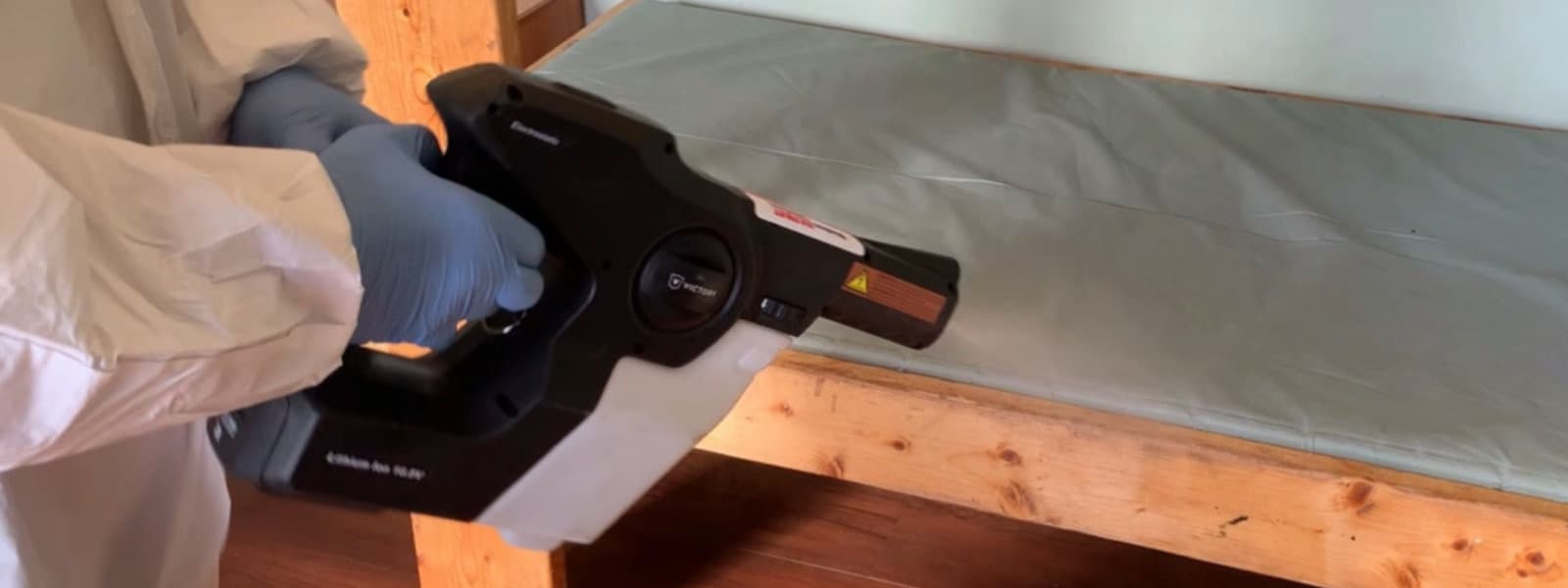
ULV fogger vs electrostatic technology
A ULV fogger, or cold fogger, creates aerosol droplets by placing the solution under pressure. Most models run on electricity or battery power making them safer for use indoors. The droplets fall by gravity onto surfaces around the room.
Electrostatic technology works in a similar manner. The solution is pushed through a low-pressure applicator. The difference, however, is the droplets become charged particles. Instead of falling passively onto surfaces, droplets are attracted to surfaces and behave as if they are powder coating objects. This is particularly effective when inside or underside surfaces such as cans or gym equipment need to be disinfected.
A trained professional will know the appropriate spray technique to use for a given area for optimal disinfection.
The Mayken™ Solution
Mayken™ Hazmat Solutions uses our own proprietary disinfectant spray that has been approved by Health Canada. It has a dwell time of less than five minutes and leaves no residue. Because additional wiping is not needed, we truly offer disinfecting services that are “spray and walk away.” Our certified hazmat technicians can be in and out of your workplace, home or vehicle with minimal interruption and inconvenience.
For additional peace of mind, our disinfectant is safe to use on any surface contacted. It is also safe to use around your employees, family members, pets, tools, machinery, furniture, electronics, etc.
Complete Cleaning and Disinfecting
If you have cleaning well in hand, disinfecting is the next step to be confident your surroundings are clear of the novel coronavirus and other germs, flus, or infectious diseases. Our team provides a cost-effective service so you can focus on work, your family and driving around the city worry-free.
Should you have a concern about possible contamination or a COVID-19 exposure at your workplace or home, we’d be happy to discuss our recommendations for cleaning, disinfecting, sanitizing, – and dwell time. We want to help ease your mind your environment is safe once again.
Cleaning vs disinfecting can become quickly confusing when beginning to learn about the differences. Given the vast amount of advice, the number of products, advice and overlapping solutions, working with professionals who have experience in wide range of situations is helpful in navigating your way through.
